Marquis Who’s Who in America is a publication recognizing outstanding American’s. In the preface of the annual volume they state they “endeavor to profile the leaders of American society; those men and women who are influencing their nation’s development”.
We could easily have a Who’s Who in Agricultural Education from one state – that state being Illinois. In this Footnote we are going to look at several individuals who would qualify for inclusion in our Agricultural Education Who’s Who.
Jonathan Baldwin Turner – Most people recognize Justin Morrill of Vermont as the Father of Land Grant Colleges. While it is true that Morrill introduced the legislation in Congress, the idea actually came from Jonathan Turner of Illinois. Turner was a professor of Humanities at Illinois College in Jacksonville, Illinois. He was also an agriculturalist and promoted the use of Osage Orange as hedges on farms and patented the machinery to plant them.
In 1850 Turner spoke to a convention of farmers in Griggsville, Illinois where he outlined a plan for every state to have a university devoted to agriculture and industrial arts. Turner stated that America was split into two classes – professional and industrial. He believed that the industrial class was the most essential to society, but their needs were not met by traditional universities. They needed a university of their own.
The following year Turner spoke at a mechanics convention in Granville, Illinois about the need for an industrial university and also published a document titled “A Plan for an Industrial University for the State of Illinois.” In 1852 Turner published a letter in The Prairie Farmer magazine outlining a proposal for a national system of grants of public lands for the benefit of colleges and universities to teach agriculture and the mechanical arts. In subsequent writings Turner called for such colleges.
At some point in time Turner sent his plans to Justin Morrill, but Morrill claimed to have not seen those documents. However, is it just a coincidence that the Morrill Act reads “To promote the liberal and practical education of the industrial classes in the several pursuits and professions in life.” I wonder where this phrase came from? Turner’s plan contained this sentence – “An industrial university for the liberal education of the industrial classes in their several pursuits and professions in life.” Hmm! A strange coincidence.
I don’t want to take anything away from Morrill, but Jonathan Turner should share some credit for the creation of land grant colleges.
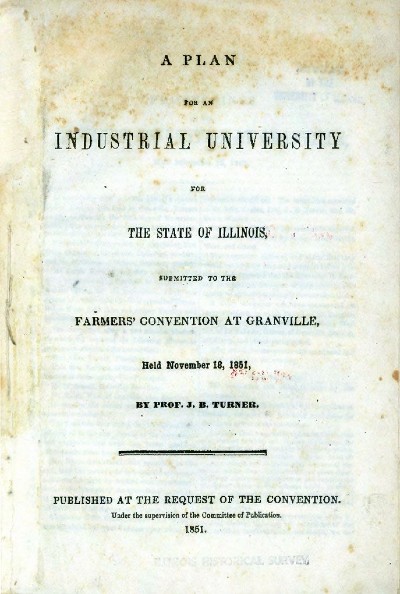
Figure 1. Turner’s Plan for an Industrial University.
Eugene Davenport – In 1895 Eugene Davenport arrived at the University of Illinois as the Dean of the College of Agriculture. He was surprised to learn the College had only nine students, offered only one course – a short course in the winter, and the president of the University disliked agriculture. What a beginning!
Davenport was instrumental in establishing Farmers’ Institutes in Illinois (to learn more about Farmers’ Institutes visit this Friday Footnote). Davenport then persuaded the leaders of the Farmers’ Institutes to lobby the General Assembly to support the agricultural college.
Davenport was an ardent advocate for vocational education. In 1909 Davenport published Education for Efficiency and revised it in 1914. In the preface of the 1914 edition he contended that:
- High School completed the formal education for most of its students, and this fact rather than the preparation for college should dominate its policy.
- The high school curriculum should recognize the vocational needs of the pupils.
- One-fourth of student time in high school should be devoted to vocational work. BUT the student should also learn “what other men have thought and said and done.” In other words he advocated for both vocational education and general education.
- Vocational courses in high school should also be useful for practical purposes.
- At least six vocational courses should be available to high school students including agriculture, commercial education, building trades, and home economics.
Prior to the passage of the Smith-Hughes Act some vocational education advocates, such as Charles Prosser and David Snedden, saw little value in general education. Martin (2010, p. 20) stated that “Snedden argued that liberal, or academic studies and vocational education were pedagogically opposed to each other.” Prosser advocated for separate vocational schools that would operate like factories.
Davenport and the likes of John Dewey advocated for a more balanced educational system that provided for a general education AND vocational training. Martin (2010, p. 21) wrote that Davenport “…worked to build a national system of vocational education from 1908-1915 through lobbying legislators, writing books and pamphlets, and lecturing across the United States. Davenport wrote (1909, p. 100) “I would have it so that in a company of American citizens one cannot tell by the dress, the manners, or the speech what is the occupation of the individual.”
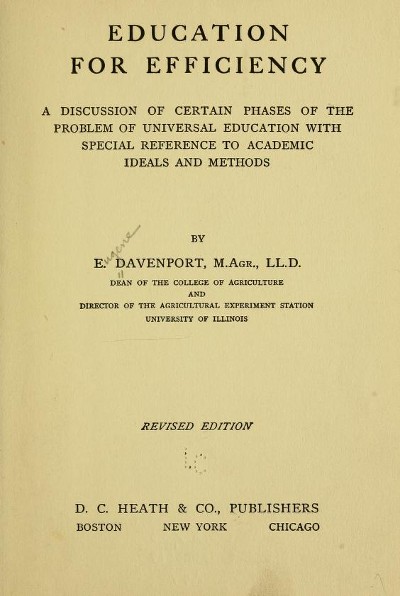
Figure 2. Education for Efficiency.
Russell Guin –As a novice teacher educator in 1975 attending my first meeting of the American Association of Teacher Educators in Agriculture I was impressed when the outstanding teacher educator award winner was announced. Along with a plaque the winner received a $500 check supplied by an “anonymous donor.” I stated out loud “I wonder who the anonymous donor is?” Everyone sitting at my table looked at me like I had lost my mind. They all knew the anonymous donor was Russ Guin.
Russell taught in the rural schools of Illinois, Ohio and Iowa for 12 years. As principal of a rural school in southern Illinois in 1928 he had poles with lights on them erected around the football field so the coal miners who were underground during the day could watch their sons play football. Claims that this was the first football game played at night resulted in inquiries from across the country. To answer the inquiries Russell had the plans printed and sold. Then he published a pamphlet on how to stage a school play and sold it.
These publishing ventures were so successful that he bought the printers and started the publishing business – the Interstate Printers and Publisher. His first published agriculture book was on agricultural economics followed by many more agricultural titles. Perhaps the most acclaimed books he published were The Stockman’s Handbook and Feeds & Nutrition by M. E. Ensminger. Interstate published most of the books used in agricultural education programs including the iconic Handbook on Agricultural Education in the Public Schools. I have no idea how many agriculture books were published by Interstate but the book-info.com website lists 89 titles published by Interstate.
In Stimson’s 1940 era unpublished manuscript on leaders in agricultural education Russ Guinn is listed. The biographical sketch states “This strong, wholesome, one hundred per cent American citizen has added honor and prestige to this local, state, and national movement [agricultural education]; and his contributions will continue to guide and encourage future teachers and leaders in this important field of education…”

Figure 3. Russ Guin.
Herbert Hamlin – In a project undertaken by the Historical Committee of what is now the American Association for Agricultural Education during the 1980s and 1990s over twenty prominent agricultural educators were interviewed. One of the questions asked was who in agricultural education has made the most impact on the field. Time after time the name of H. M. Hamlin was given. Hamlin was co-founder and the first editor of The Agricultural Education Magazine.
Hamlin was Chairman of Agricultural Education Division of the University of Illinois from 1938 to 1961. Previously he had been on the faculty at Iowa State starting in 1920. He was nationally known for promoting the concept of community schools, problem solving teaching, adult education, and the use of advisory committees. He authored over 40 books and monographs and over 150 journal articles. Among his most well-known books are:
- Agricultural Education in Community Schools
- The Public and Its Education
- Public School Education in Agriculture
- Citizens Committees in the Public Schools
A search of Newspapers.com for the name “Herbert Hamlin” in Illinois resulted in 197 hits. Most of the newspaper articles were about his work in establishing citizen advisory committees in the schools of Illinois. See Figure 4 for an example.
Warmbrod (1969, p. 283) stated “His writings had a profound impact through the years on agricultural education.” Martin, Ball and Connors (2006, p. 20) state that “H. M. Hamlin became one of the most prolific writers of agricultural education and a leading mind in the discipline. His writings had an impact on those around him and his philosophy left a lasting legacy upon agricultural education.”
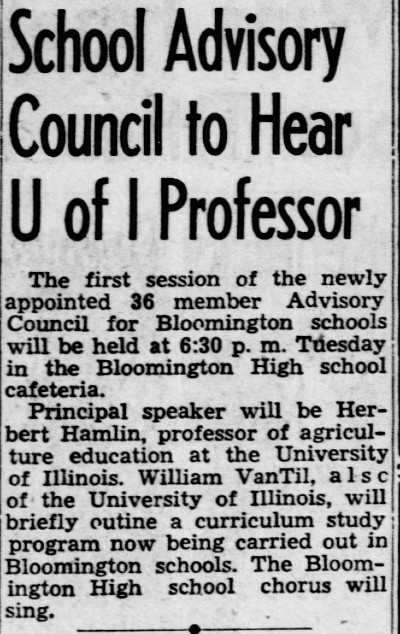
Figure 4. The Pantagraph (Bloomington, Illinois), March 5, 1950. This is typical of numerous articles in the Illinois papers that mention H. M. Hamlin.
Lloyd Phipps – The very first book I bought for my professional library was the Handbook on Agricultural Education in Public Schools. I still have it. This book was required in my agricultural education classes at Tarleton State in the late 1960s. The author was Lloyd Phipps.
For decades this book has been “The Bible” of Agricultural Education. It would be rare to find an agriculture teacher who does not own this book or a variation of the book. The book originated as A Handbook on Teaching Vocational Agriculture in 1934 and was authored by Glen C. Cook of Michigan State. In 1952 Phipps teamed up with Cook to revise the book. The 1952 book is online at https://archive.org/details/handbookonteachi0006lloy. Since then there have been numerous revisions of the book with various authors involved. The 6th edition lists Phipps, Osborne, Dyer and Ball as the authors.
Lloyd was a professor at the University of Illinois from 1945 to 1977 and the Chair of The Agricultural Education Department from 1961 to 1977. He was the advisor to 32 doctoral students and authored 39 editions of 19 textbooks. Some of the books in addition to the Handbook on Agricultural Education in Public Schools include Mechanics in Agriculture, Successful Practices in Adult Farmer Education, 600 More Things to Make for Farm and Home, Your Opportunities in Vocational Agriculture, and Agriscience Mechanics.
Walker (1978) identified his major contributions to the field to be his advocacy for problem solving teaching, adult education, the use of citizen’s advisory committees, and agricultural mechanics. Osborn concurred with Walker and added supervised experience programs to the list.
Osborn sums up the impact of Lloyd Phipps by writing (1998, p. 23) “Without a doubt, Dr. Lloyd Phipps has had a major hand in shaping key programs and practices in agricultural education since he began his career in teaching in 1939. He has been an exceptionally productive writer and researcher and continues to publish new and revised works of major importance to the profession.”

Figure 5. Handbook on Agricultural Education in Public Schools.
Jim Guilinger – If you have white hair (or perhaps no hair) and have been in the profession for a while, the name Jim Guilinger should ring a bell. Jim taught agriculture in Illinois for decades. When the American Vocational Association (AVA, now ACTE – Association for Career and Technical Education) established the Teacher of the Year award in 1981, Jim was the first recipient of that award. There was a nice write up in The Daily Chronical of De Kalb, Illinois about Jim’s views on teaching. And the article answered the question I had always wanted to ask Jim but was too polite to ask – what happened to your right hand?
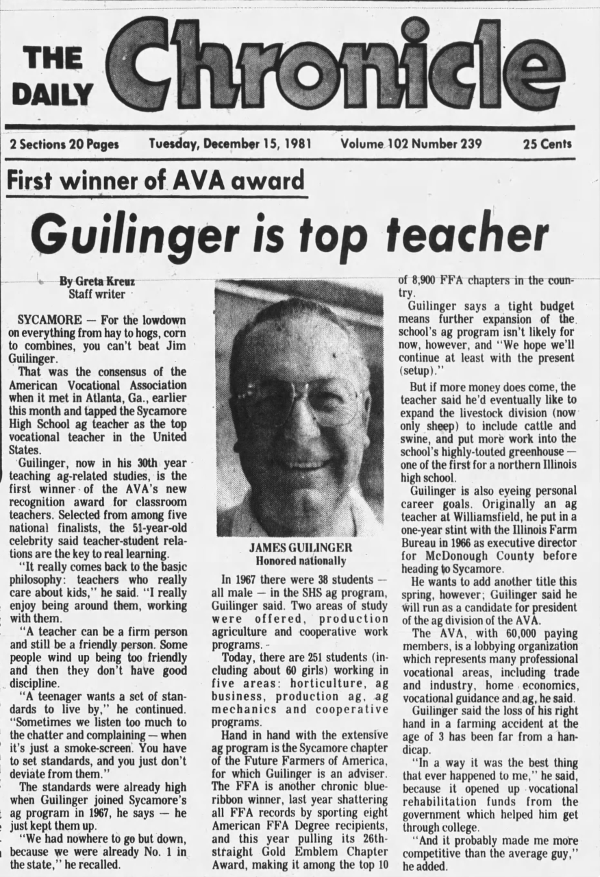
Figure 6 The Daily Chronicle (De Kalb, Illinois), December 15, 1981
Not to rest on his accolades, Jim later served as President of the American Vocational Association (AVA, now the ACTE) in 1986-87. What makes this noteworthy is that he was only the second classroom teacher (up to that point in time) in the 78 year history of AVA to serve as president. Typically state supervisors or teacher educators served AVA as president.
When I was on the faculty at Purdue University, I taught a traveling seminar course in the summer. One year we stopped at Sycamore High School to learn about Sycamore’s agricultural education program. To say Jim Guilinger was a character would be an understatement, but lots of agriculture teachers could be called characters, in a good way.
Corey Flournoy – This is a name most agricultural educators and FFA members should know. In 1994 he was the first African American to serve as national president of the FFA. The Future Farmers of American and the New Farmers of America (the organization for African American agricultural students in segregated schools) merged in 1965. However, it would take nearly 30 years for an African American to become the National FFA president.
Corey grew up in Chicago and knew very little about agriculture before enrolling in the Chicago High School for Agricultural Sciences, a magnet school. Prior to this he had watched Green Acres on television, which was not a good way to learn about agriculture. In 1992 he was the first minority to be elected a state FFA officer in Illinois. When he was elected to this office he stated “Thank you, God, Thank you FFA’ers. I hope to be able to show agriculture’s diversity, and that agriculture holds opportunities for everyone. I’m excited to be able to speak on behalf of urban agriculture.” To learn more about Corey visit https://www.ffa.org/alumni-focus/serendipitous-success-corey-flournoy-ffa-president-illinois-2/.
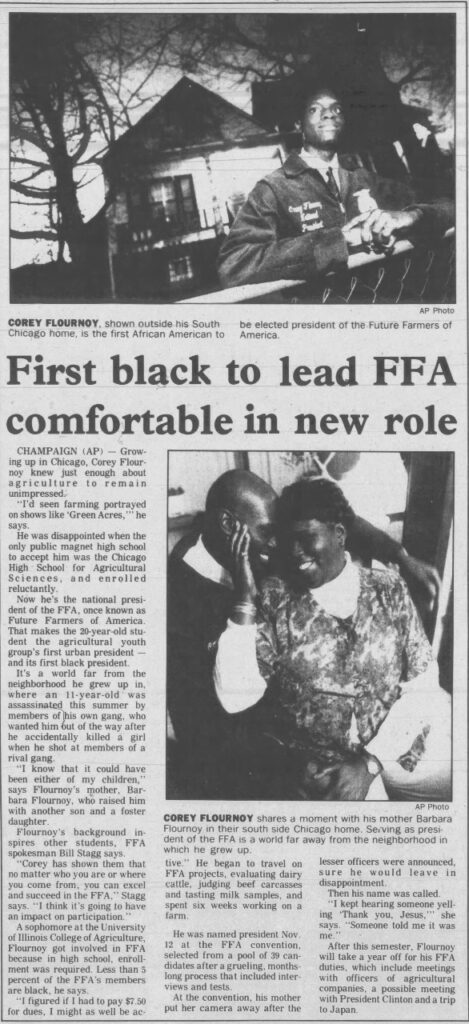
Figure 7. The Times (Streator, Illinois), December 21, 1994
Concluding Remarks
Some years ago I decided to trace my agricultural education philosophical family tree. I identified the individuals in the profession who had impacted me through their teaching and writings. Then I identified who impacted these individuals and so forth. It did not take long to find that part of my agricultural education philosophical family tree ran through Illinois. The Who’s Who of the Agricultural Education world includes numerous individuals who have connections to Illinois.
References
Davenport, Eugene (1909). Education for Efficiency, D. C. Heath and Company, Boston.
Martin, Michael (2010). Eugene Davenport’s Education for Efficiency. Journal of Agricultural Education, Volume 51, Number 4, pp. 20-27. DOI: 10.032/jae.2010.04020
Martin, Michael; Ball, Anna; Connors, James (2006). A Historical Analysis of H. M. Hamlin and the Community School Concept. Journal of Agricultural Education, Volume 47, Number 2, pp. 14-23. DOI: 10.5032/jae.2006.02014.
Osborne, Ed (1998). Dr Lloyd J. Phipps: A Leader in Agricultural Education. The Agricultural Education Magazine. Volume 70, Number 4.
Walker, Robert (1978). Leader in Agricultural Education: Lloyd J. Phipps. The Agricultural Education Magazine, Volume 50, Number 12.
Warmbrod, J. Robert (1969). H. M. Hamlin 1894-1968. The Agricultural Education Magazine, Volume 41, Number 11.
